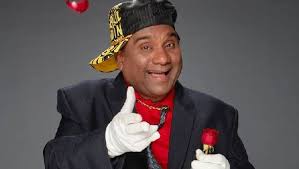April Fools’ Day, celebrated on April 1st every year, is a day dedicated to pranks, jokes, and playful hoaxes. Its origins are somewhat uncertain, with several theories attempting to explain how this light-hearted tradition began.
One popular theory traces the roots of April Fools’ Day back to 16th-century France when the country switched from the Julian calendar to the Gregorian calendar, as decreed by the Council of Trent in 1563. Under the Julian calendar, the New Year was celebrated around the end of March, coinciding with the arrival of spring and the renewal of life. However, with the adoption of the Gregorian calendar, New Year’s Day moved to January 1st. Some people either refused to accept the new date or remained unaware of the change, continuing to celebrate the New Year during the old date at the end of March. These traditionalists became the target of jokes and pranks on April 1st by those who had embraced the new calendar, leading to the establishment of April Fools’ Day.
Another theory suggests that April Fools’ Day has roots in ancient Roman and Celtic festivals that celebrated the arrival of spring with playful and mischievous behavior.
Regardless of its exact origins, April Fools’ Day has evolved into a global phenomenon with various traditions and customs observed around the world. In many countries, the day is marked by playing pranks, sharing jokes, and engaging in humorous activities.
In the United States and Canada, it is common for people to play small, harmless tricks on friends, family members, and coworkers. These pranks can range from simple practical jokes like putting a fake spider in someone’s desk drawer to elaborate hoaxes involving fake news stories or announcements.
In France and French-speaking regions, April 1st is known as “Poisson d’Avril” (April Fish). Children tape paper fish to their friends’ backs as a prank, shouting “Poisson d’Avril!” when the prank is discovered.
In the United Kingdom and some Commonwealth countries, the tradition of playing pranks is limited to the morning hours. If someone falls victim to a prank after noon, they are often called an “April fool” themselves.
In many Asian countries, April Fools’ Day is a more recent phenomenon influenced by Western culture. While it may not have deep historical roots in these regions, the day is still marked by playful pranks and jokes among friends and colleagues.
With the advent of social media and the internet, April Fools’ Day has taken on new dimensions, with companies and media outlets joining in the fun by creating elaborate hoaxes and fake announcements. However, in recent years, there has been some debate about the appropriateness of certain pranks, especially those that may cause harm or distress.
Overall, April Fools’ Day continues to be a day of light-hearted fun and laughter, reminding people around the world of the joy that comes from sharing a good-natured joke or prank with others.






